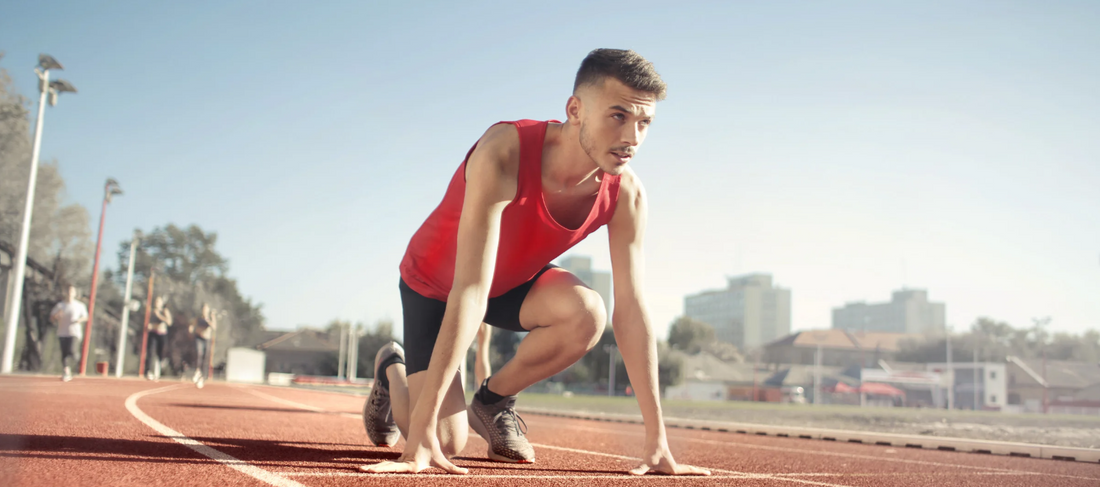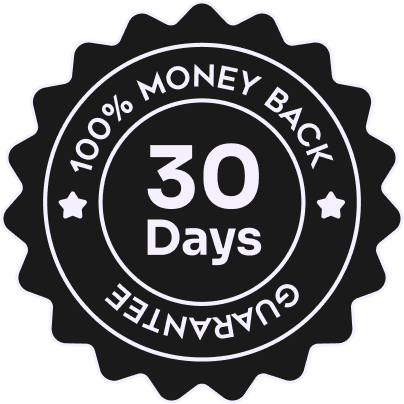
Pickleball for Runners: Why Court Play Complements Endurance Training
Share
Every pickleball player, whether weekend warrior or competitive regular, eventually faces an unfortunate but common reality: injury. It could be a twisted ankle from a sudden pivot, a shoulder strain from an overzealous serve, or chronic tendonitis from years of repeated motion. Regardless of the cause, injury disrupts rhythm, halts progress, and often challenges identity.
But with the right mindset and a thoughtful approach, injury becomes not an endpoint, but a recalibration. This period of pause can lead to breakthroughs in physical conditioning, mental resilience, and even court strategy. Recovery is where transformation begins.
Understanding the Root: Diagnose Beyond the Pain
The first step on the path to recovery is clarity. Treating only the symptoms is like patching a leak without fixing the pipe. Knowing the true source of your injury ensures that the healing process addresses structural weaknesses and prevents recurrence.
Consult a sports physician or physical therapist who specializes in movement patterns. Key insights may include:
- Imbalances in muscular strength
- Overcompensation by other joints
- Improper technique in high-frequency motions
- Inadequate warm-up or cool-down routines
Ask specific questions and seek an individualized rehabilitation plan. Understanding the “why” behind your injury gives purpose to the healing process.
Recalibrating Expectations: Redefining Progress
One of the hardest lessons in recovery is learning to let go of linear progress. Healing doesn’t follow a straight line. Some days you'll feel like you're sprinting toward full strength. Others, you'll feel as though you’ve regressed. This is normal.
Redefine success during this phase by focusing on micro-goals:
- Restoring full range of motion
- Reducing inflammation
- Completing light resistance exercises pain-free
- Rebuilding mobility without fatigue
Tracking these small wins boosts confidence and creates momentum, even in the absence of full-court play.
Rebuilding from the Ground Up: The Body’s Comeback Blueprint
True recovery isn’t just about returning to your previous level of play. It’s about rebuilding your foundation to exceed it. This includes:
Mobility and Flexibility
Post-injury stiffness is common. Incorporate dynamic stretching, mobility drills, and yoga-inspired movements to reintroduce natural motion patterns.
Stabilization and Core Control
Injuries often result from or cause imbalances. Reinforce stabilizing muscles, especially around the hips, shoulders, and spine. Pilates, resistance bands, and balance training are excellent tools.
Cardiovascular Endurance
If your injury allows, maintain heart health through low-impact options like stationary biking, swimming, or elliptical use. This preserves stamina for a smoother transition back to match play.
Sport-Specific Movement
As you near physical readiness, slowly reintegrate footwork patterns, lateral drills, paddle swings, and controlled court movements. Build a bridge between recovery and gameplay through muscle memory.
The Mental Game: Fortifying Focus and Patience
Physical healing is only half the story. Mental resilience determines how you return. Many athletes struggle with confidence, fear of re-injury, or frustration at perceived setbacks. Address this head-on.
Visualization Techniques
Mentally rehearse gameplay scenarios. Envision strong footwork, controlled dinks, and strategic rallies. This keeps neural pathways engaged even when the body is on pause.
Journaling
Track your recovery journey. Writing down pain levels, emotional highs and lows, and milestones keeps you grounded and provides perspective over time.
Mindfulness Practices
Use breathwork and meditation to stay present and lower stress. A calm nervous system supports healing and enhances focus when you return to play.
Testing the Waters: When and How to Return
The transition back to the court should be incremental and intentional. Rushing back too soon can undo months of progress. Listen to your body and your medical team.
Start with:
- Wall drills and paddle shadowing
- Short, non-competitive rallies
- One game of doubles at reduced intensity
- Full matches only after strength and stamina are fully restored
Monitor how your body feels not just during, but after play. Soreness is natural. Sharp pain or swelling is a warning sign. Recovery continues even after your first match back.
Injury-Proofing for the Future
What you do post-recovery is what prevents history from repeating itself. Establish a sustainable regimen that includes:
- Regular strength training focused on pickleball-specific muscles
- Dynamic warm-ups and cooldowns for every session
- Adequate rest between high-intensity days
- Cross-training to avoid overuse
- Ongoing attention to technique and form
Prevention is the new performance strategy. Invest in it daily.
Conclusion: Your Comeback is Your Power Statement
Injury may have paused your game, but it doesn’t get to write your story. The recovery journey, with its challenges and triumphs, is a masterclass in resilience. When you return to the court—rebalanced, reconditioned, and reenergized—you’ll bring more than a healed body.
You’ll bring wisdom, humility, and a newfound appreciation for every point played. That’s not just a return. That’s a transformation.












